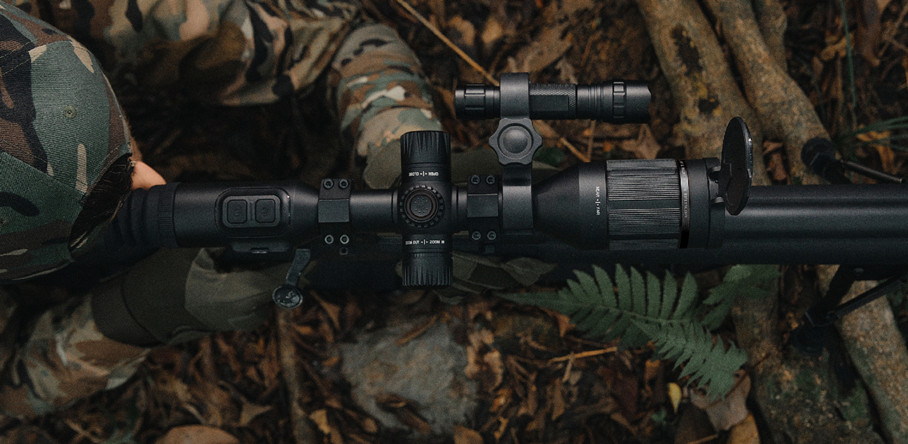
# Night Vision Scope: Enhancing Visibility in Low-Light Conditions
## Introduction to Night Vision Technology
Night vision scopes have revolutionized the way we see and operate in low-light conditions. These remarkable devices amplify available light, including infrared radiation, to provide clear visibility when the human eye would normally struggle. Originally developed for military applications, night vision technology has now become accessible to civilians for various purposes.
## How Night Vision Scopes Work
Night vision scopes operate on a simple yet sophisticated principle. They collect tiny amounts of light, including infrared light that’s invisible to the naked eye, and amplify it to create a visible image. The process involves several key components:
– Objective lens that gathers ambient light
– Photocathode that converts photons to electrons
– Microchannel plate that multiplies the electrons
– Phosphor screen that converts electrons back to visible light
– Eyepiece that magnifies the image for viewing
## Generations of Night Vision Technology
Night vision devices are categorized into different generations based on their technological advancements:
### Generation 1 (Gen 1)
The most basic and affordable option, suitable for short-range observation in moderate low-light conditions.
### Generation 2 (Gen 2)
Offers improved resolution and performance with the addition of a microchannel plate for better electron multiplication.
### Generation 3 (Gen 3)
The current military standard, featuring gallium arsenide photocathodes for superior performance in extremely low-light conditions.
### Generation 4 (Gen 4)
Cutting-edge technology with reduced noise and better performance in dynamic lighting conditions.
## Applications of Night Vision Scopes
Night vision scopes serve numerous purposes across various fields:
– Military and law enforcement operations
– Wildlife observation and hunting
– Security and surveillance
– Search and rescue missions
– Nighttime navigation
– Astronomy and celestial observation
## Choosing the Right Night Vision Scope
When selecting a night vision scope, consider these important factors:
### Intended Use
Determine whether you need it for hunting, surveillance, or general nighttime activities.
### Resolution and Range
Higher resolution provides clearer images, while greater range allows observation of distant objects.
### Battery Life
Consider how long you’ll need continuous operation and choose accordingly.
### Environmental Conditions
Some models perform better in specific weather conditions or terrain types.
### Budget
Prices vary significantly between generations and feature sets.
## Maintenance and Care
Proper maintenance ensures optimal performance and longevity of your night vision scope:
– Always store in a dry, temperature-controlled environment
– Use lens caps when not in use
– Clean lenses with appropriate materials
– Avoid exposing to bright light sources when powered on
– Follow manufacturer’s guidelines for battery replacement
## Future of Night Vision Technology
The field of night vision continues to evolve with exciting developments:
– Digital night vision with recording capabilities
– Thermal imaging integration
– Augmented reality overlays
– Smaller, lighter designs with improved performance
– Enhanced color reproduction in low-light conditions
Night vision scopes have transformed our ability to operate effectively in darkness, opening up new possibilities for work, recreation, and security. As technology advances, these devices will continue to become more accessible, capable, and versatile, further expanding their applications in both professional and personal contexts.
Keyword: night vision scope
